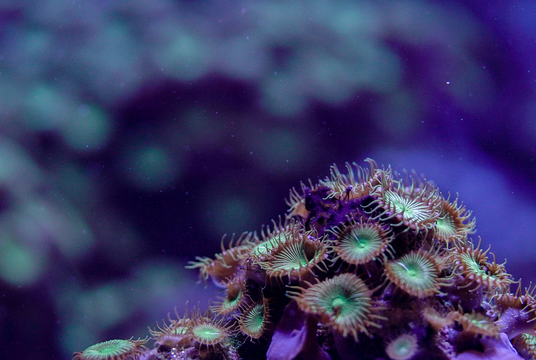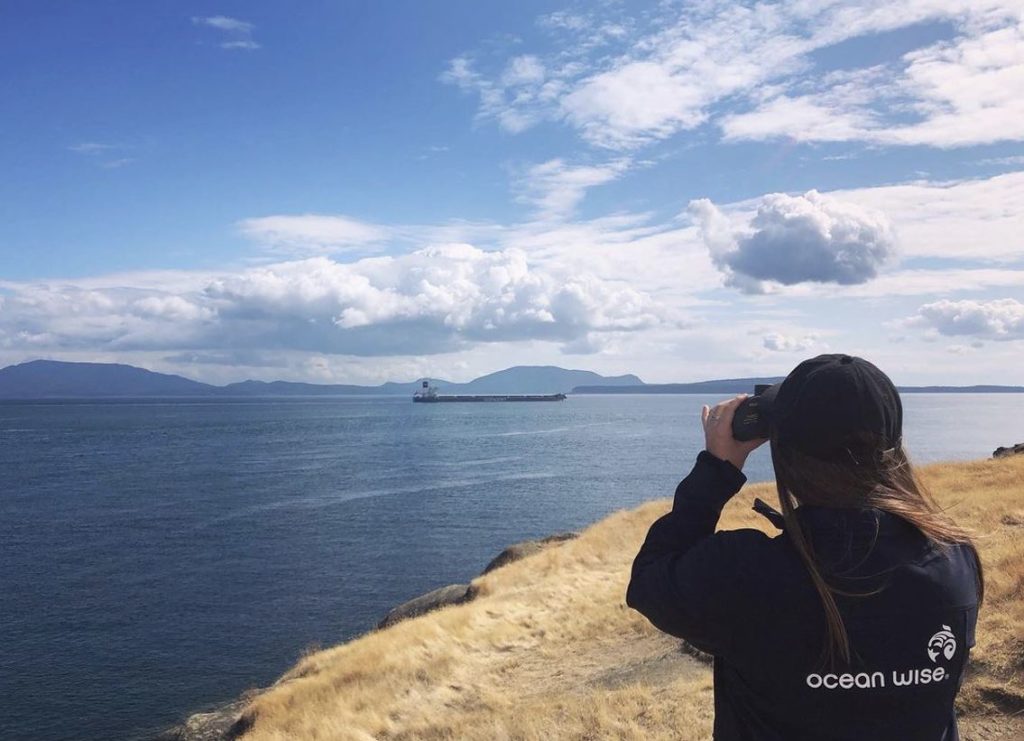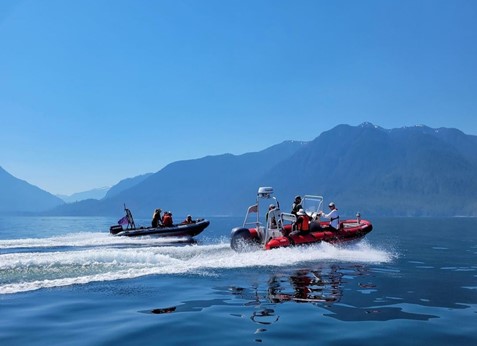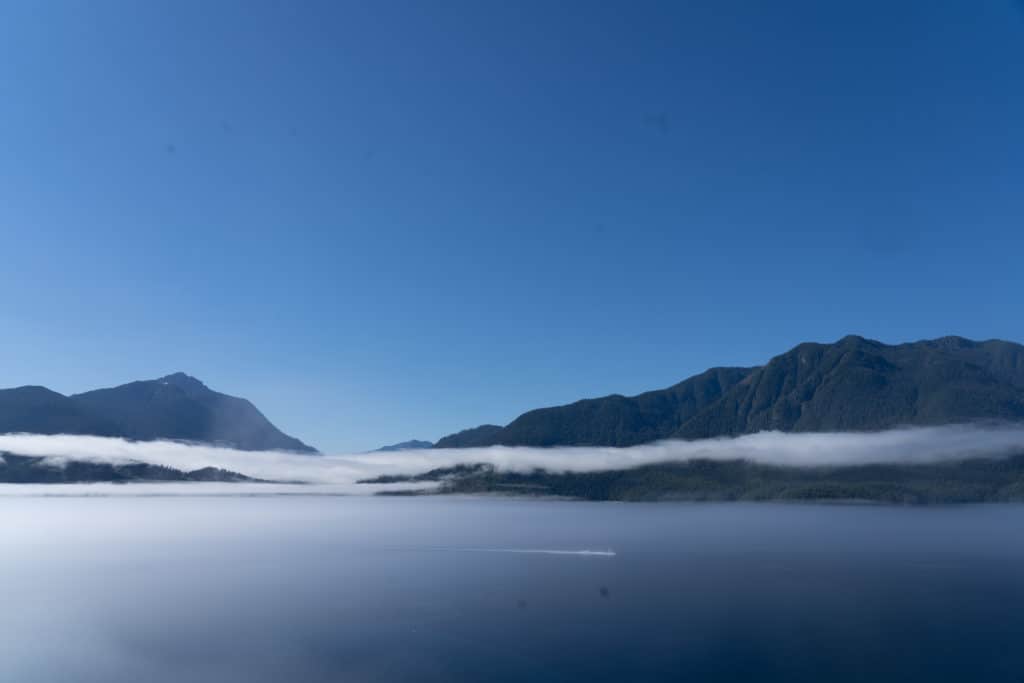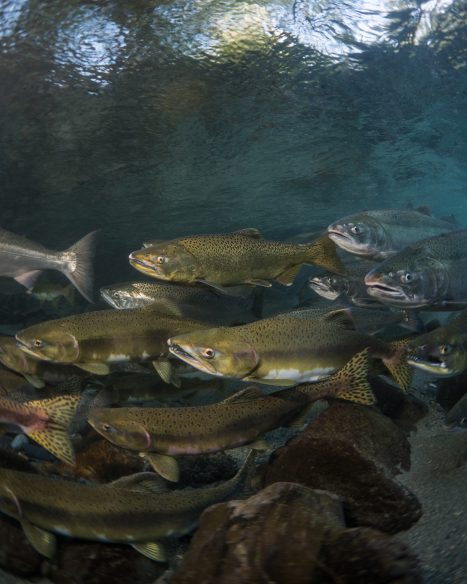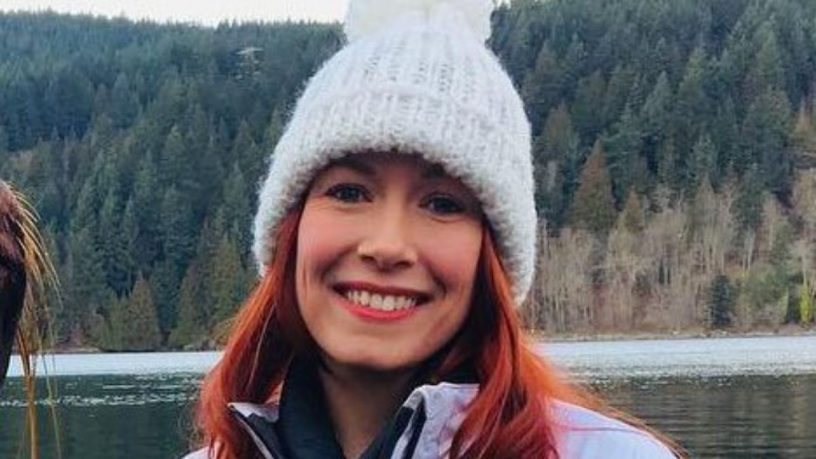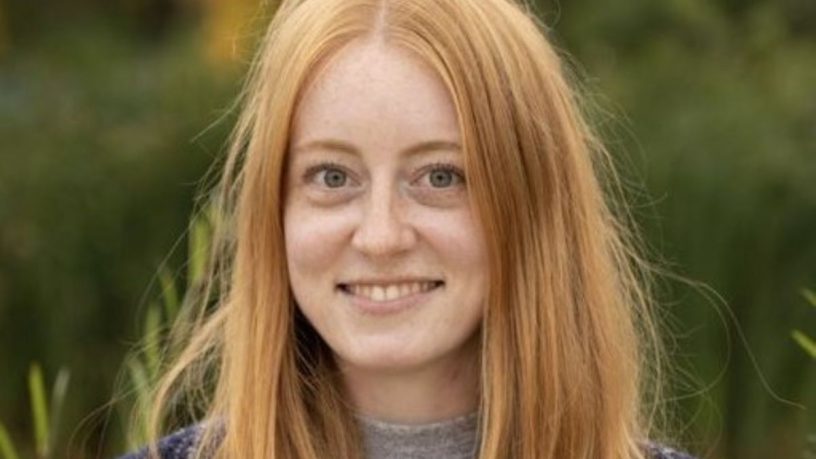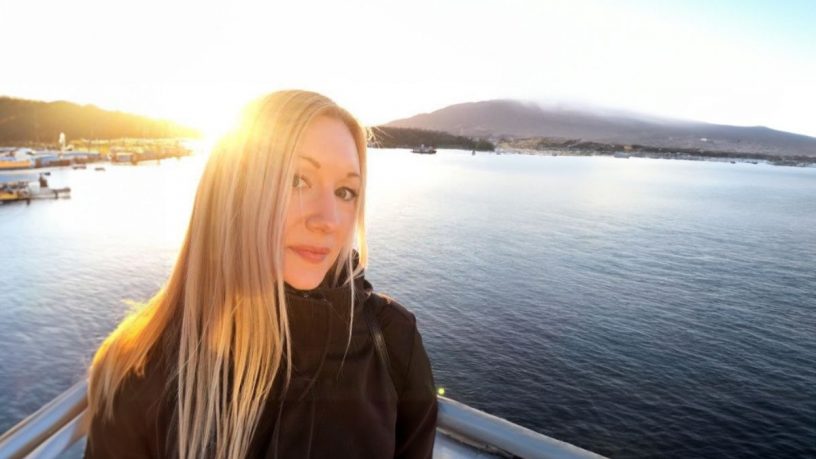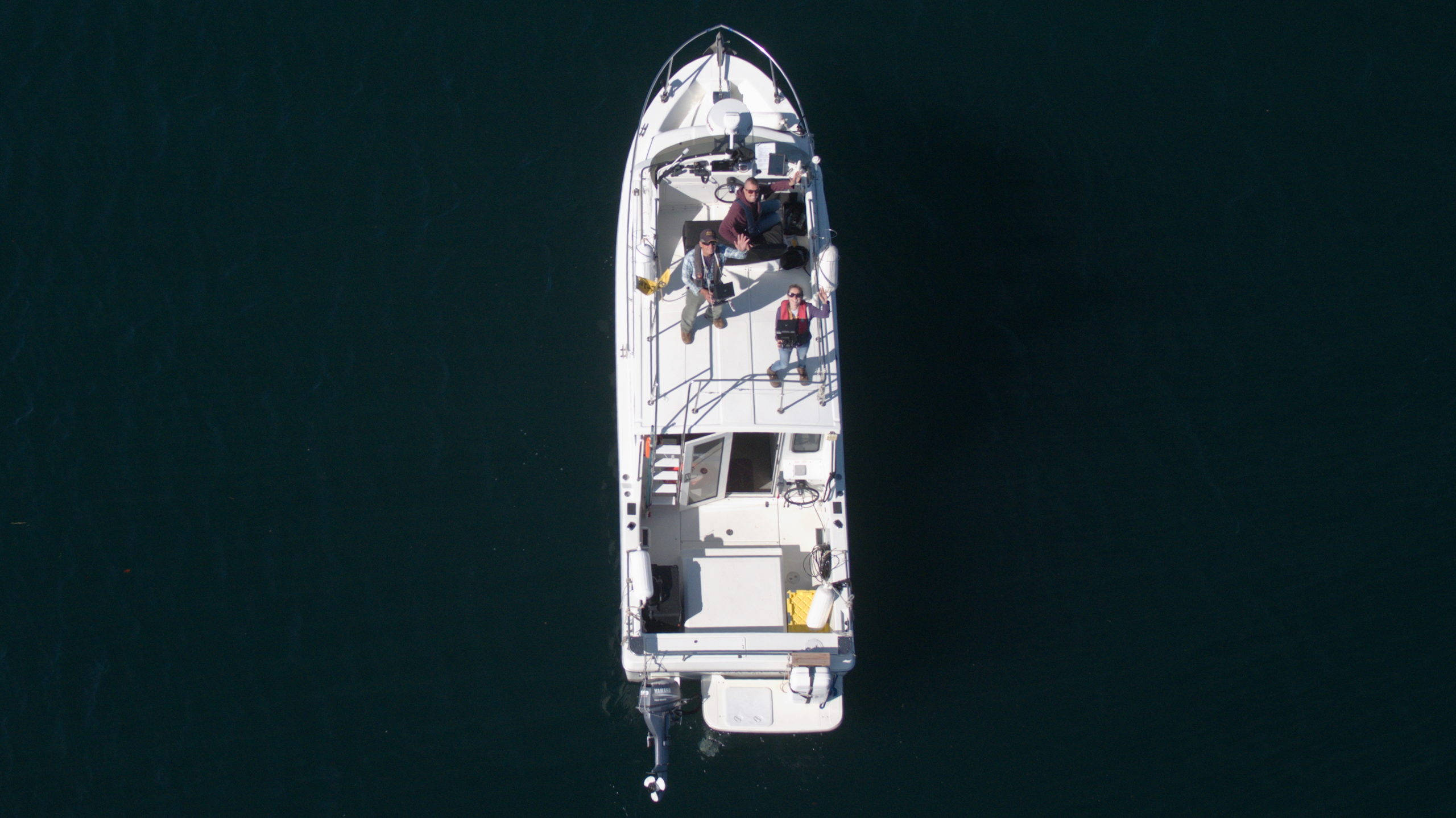
A Whale of a Season — Part 2
Ocean Wise’s Marine Mammal Research Photogrammetry team embarked on its second research trip of the year last month – this time, off northeast Vancouver Island. (If you haven’t already read it, be sure to check out the team’s central coast work in Part 1.) With Dr. Lance Barrett-Lennard as drone pilot, Brittany Visona as camera operator, and Dylan Smyth as vessel operator and photo ID technician, the team departed on August 1, with the goal of taking drone-based aerial photographs of killer whales.
The team uses these photographs to monitor body condition, pregnancy status and overall health of killer whales in B.C. and northern Washington State, in an effort to better-inform management measures. After 191 miles of choppy seas and conditions that seemed designed to test the team’s perseverance, its three members arrived at their base camp in the village of Alert Bay.
After settling into their new summer home, Barrett-Lennard, Visona and Smyth took to the water on August 2 in search of northern resident killer whales. After taking advantage of the calm conditions and testing the drone, the team met up with the A30 matriline – including Blinkhorn (A54) and her youngest calf, A118, and Cutter (A86), with her as-yet-unnamed first calf, estimated to have been born in late 2018 or early 2019. Also spotted was the I4 matriline, actively chasing salmon in the area.
With three successful flights under their belt after their first day on the water, the trio went out bright and early the following morning. To their delight, their lucky streak continued, and they came across Ripple (A43), Fife (A60), Midsummer (A69), Fern (A95), and Eliot (A109), of the A23 matriline, along with the A30s, and, in the midst of it all, a group of Dall’s porpoises. Since fish-eating resident and mammal-eating Bigg’s killer whales avoid each other, part of the reason for this behaviour may be that it keeps the porpoises safe from their main predator.
On August 4, despite foggy conditions, the team had a successful day and it was met by the A30s, which were joined by Surge (A61) and Cordero (A85) of the A25 matriline, the I4s, I27s, I65s, and the I35s. The group seemed to be having a wonderful time, socializing, rolling on one another, swimming upside down, spy-hopping, and tail-slapping, all while travelling in an extremely tight-knit group.
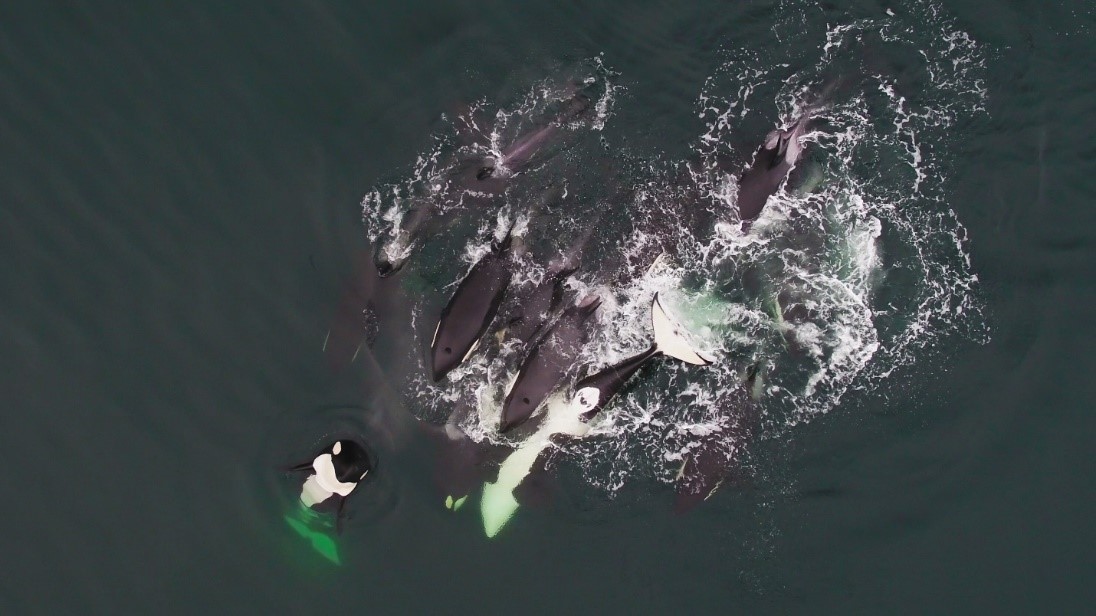
The team found its first group of Bigg’s (transient) killer whales of the trip — siblings T077C and T077D — on August 8, off Pearse Island, east of Alert Bay, and were able to follow them as they porpoised past Alert Bay. Over the following 12 days, the team encountered many more Bigg’s killer whales, including the T018s – Esperanza (T018), Mooyah (T019), Galiano (T019B), and Spouter (T019C) – the T055s, T060s and T069s.
Having already photographed more Bigg’s killer whales this year than they had in the entirety of 2018, the trio hoped to find more northern residents, because they hadn’t photographed all the usual suspects that normally visit Johnstone Strait in August. With two new additions to the team for the day on August 22 – lab coordinator Sarah Wilson and the B.C. Cetacean Sightings Network coordinator, Lauren Dares – the group set out to find the missing residents. Sarah and Lauren must have been a good luck charm, because the team encountered the A42 matriline – one of the usual Johnstone Strait groups — off Numas Island. Sonora (A42) was travelling with her youngest, Ashlar (A114), while Surf (A66), Cameleon (A88), Albion (A103), and Current (A79) and her first calf, A119, followed about a mile behind. The team stayed with the family group for several hours, performing 10 drone flights in one day – a record for the season.
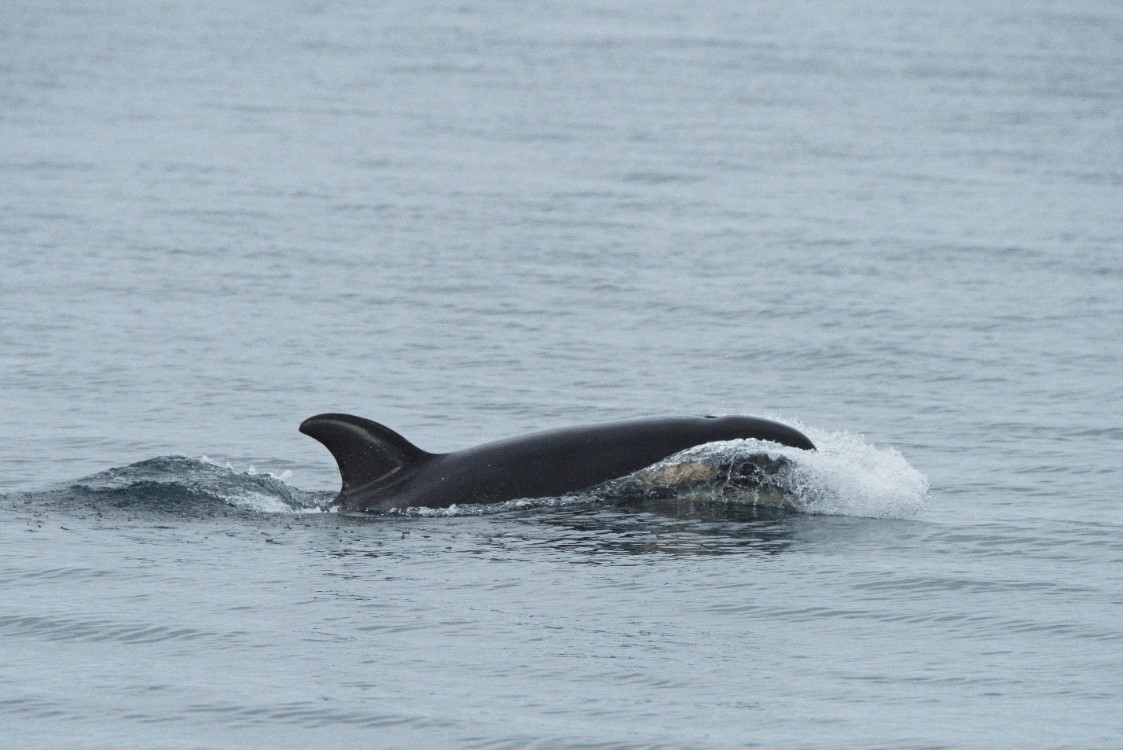
The team saw the A42s with the A30s and I4s for the following three days, and photographed Pedder (T002B) travelling with the T060s and T059 on August 24. Barrett-Lennard, Visona and Smyth had an interesting encounter the following day, after hearing reports of a lone male killer whale in Beaver Cove – home of a logging camp west of Telegraph Cove. T65A2 – a maturing male born in 2004 – was swimming slowly around a barge anchored in the cove, apparently searching for seals. He was re-sighted in Johnstone Strait the next day with the largest group of Bigg’s killer whales the team had photographed during the season, including the T007Bs, the T036s and T049C.
The team finished off the last five days of the season with a bang, photographing an additional 36 whales, including: humpback whales, the I16 matriline (Magee (I51), Darby (I98), Cultus (I106), Rivers (I128), Spitfire (I129), and Spiller (I144)), the A34 matriline, including Eclipse (A67), Tuzo (A102) and her youngest, Barlow (A116), the G27 matriline, Langara (T10), and her son, Bones (T10C), and T069D with her two offspring, T069D1 and T069D2. The team was even met with what felt like a welcoming party on its return to Vancouver, with a mother and calf humpback whale and the T123s (Sidney (T123), Stanley (T123A), and Lucky (T123C)) outside English Bay.
After five weeks, 129 drone flights, and 45 hours’ flying, the team had managed to photograph 113 whales – including 66 northern resident killer whales and 42 Bigg’s killer whales. The three researchers will spend much of the winter analyzing the photographs collected during their two field seasons, updating Ocean Wise’s northern resident ID catalogue, writing scientific papers, and presenting incidental observations from the photogrammetry study at the World Marine Mammal Conference in Barcelona in December.
Ocean Wise’s photogrammetry study is funded in part by Fisheries and Oceans Canada’s Oceans Protection Plan, the SeaWorld and Busch Gardens Conservation Fund and the Wild Killer Whale Adoption Program.
If you are interested in our scientific publications, please visit the Marine Mammal Research Program’s website, https://research.ocean.org/program/marine-mammals. To learn more about how you can support our killer whale research by symbolically adopting a killer whale through our Wild Killer Whale Adoption Program, please visit www.killerwhale.org .
Posted October 3, 2019 by Ocean Wise
